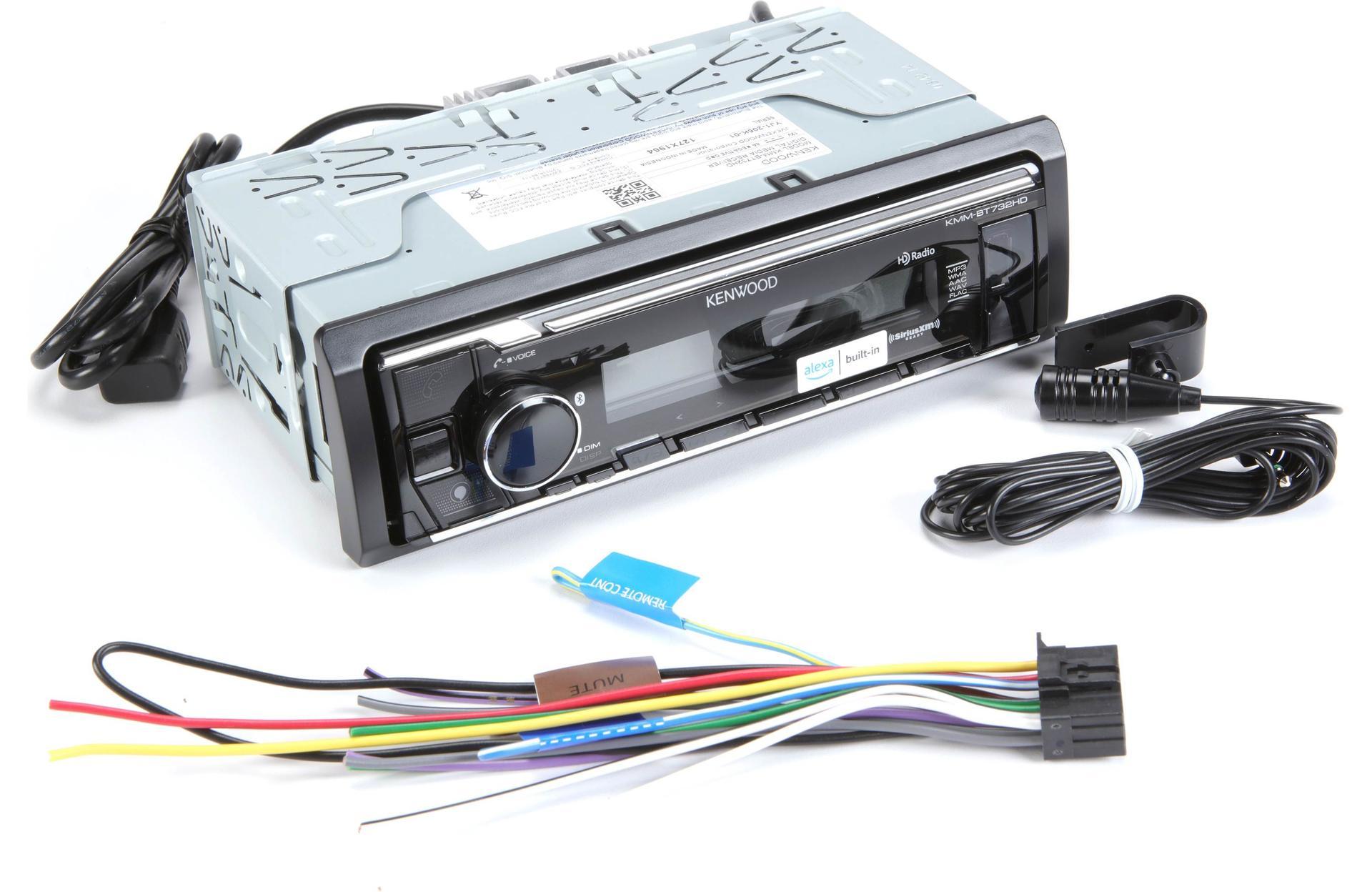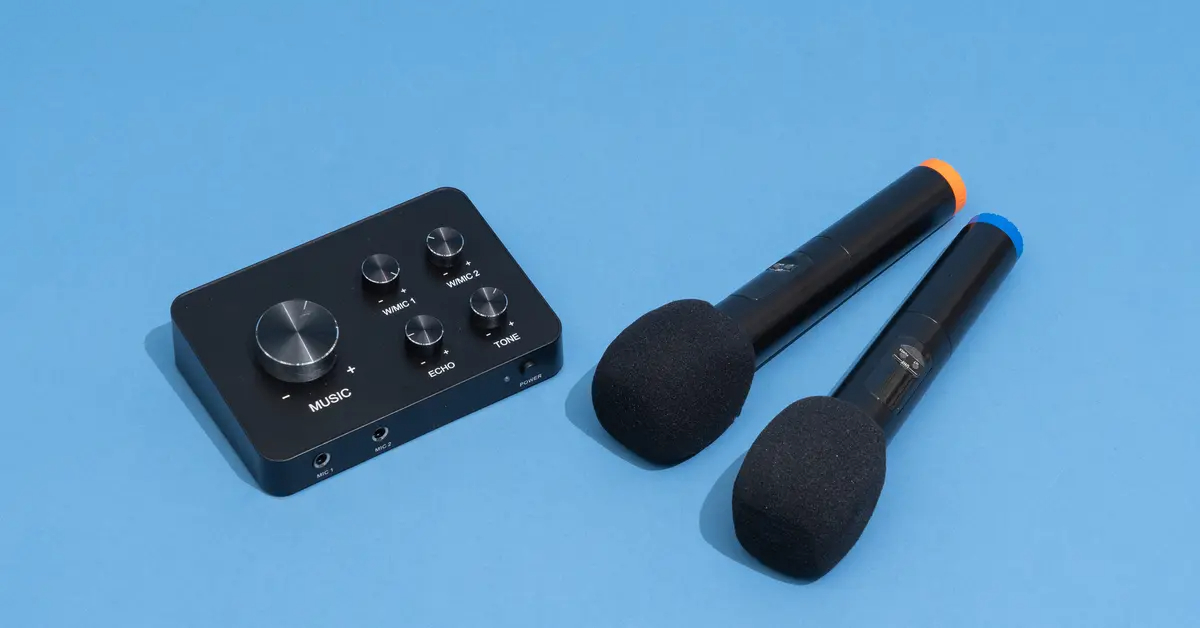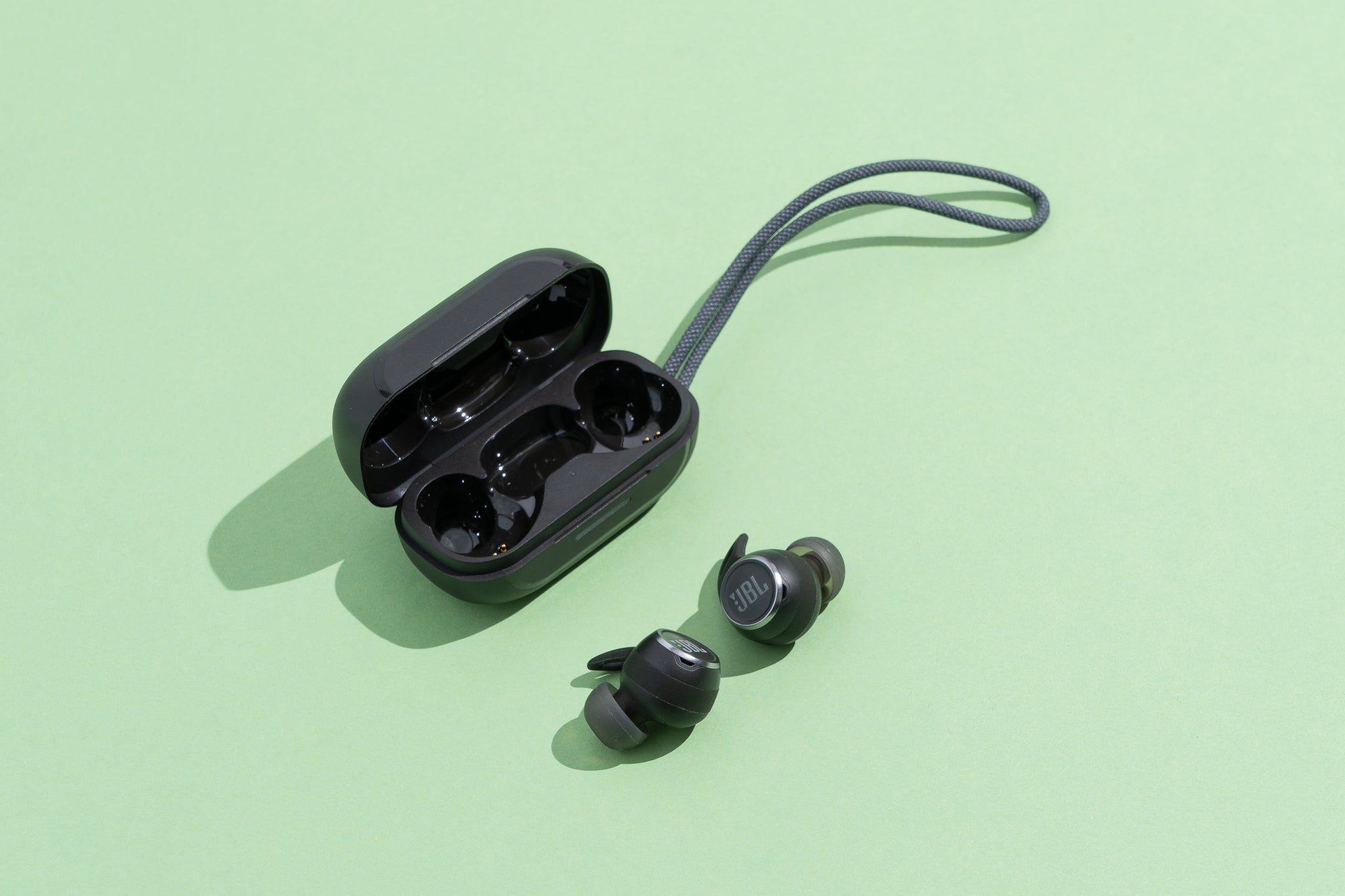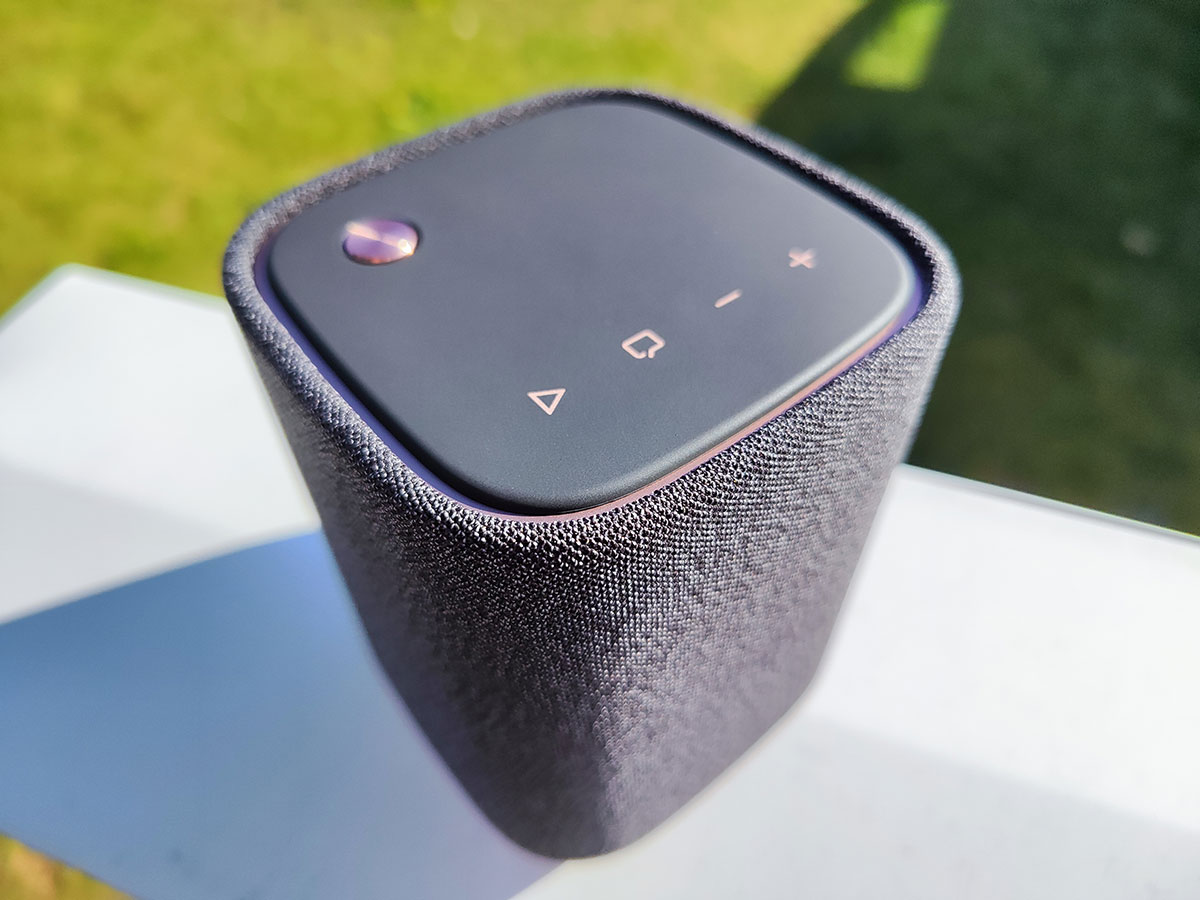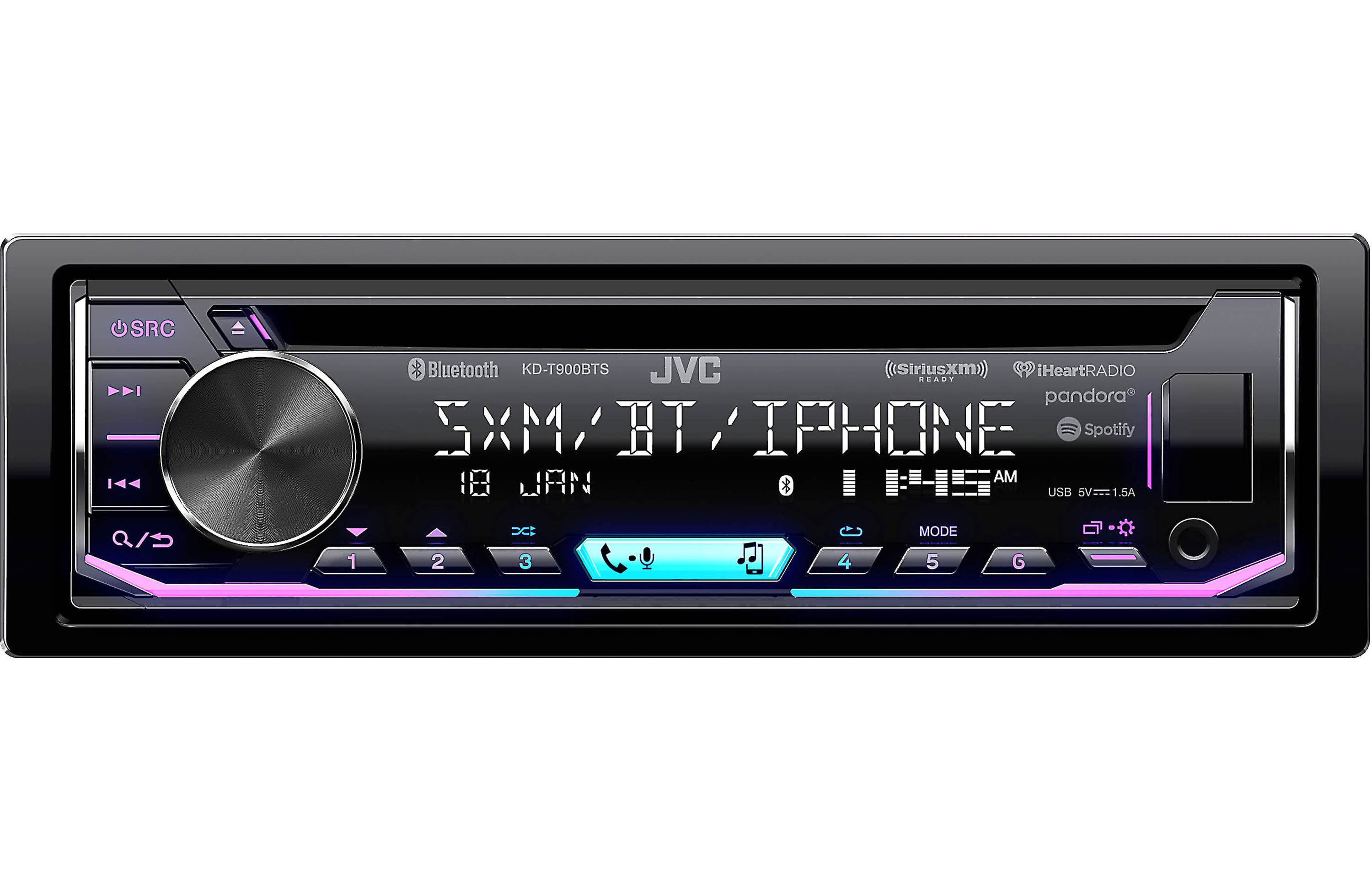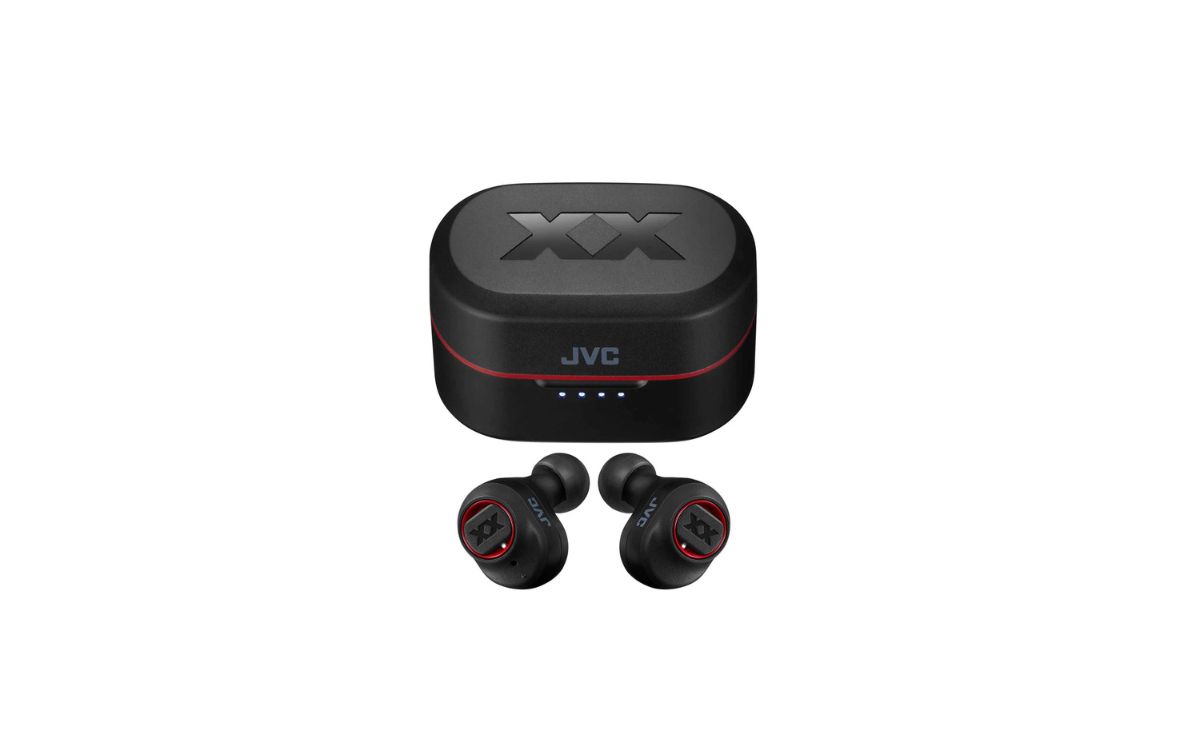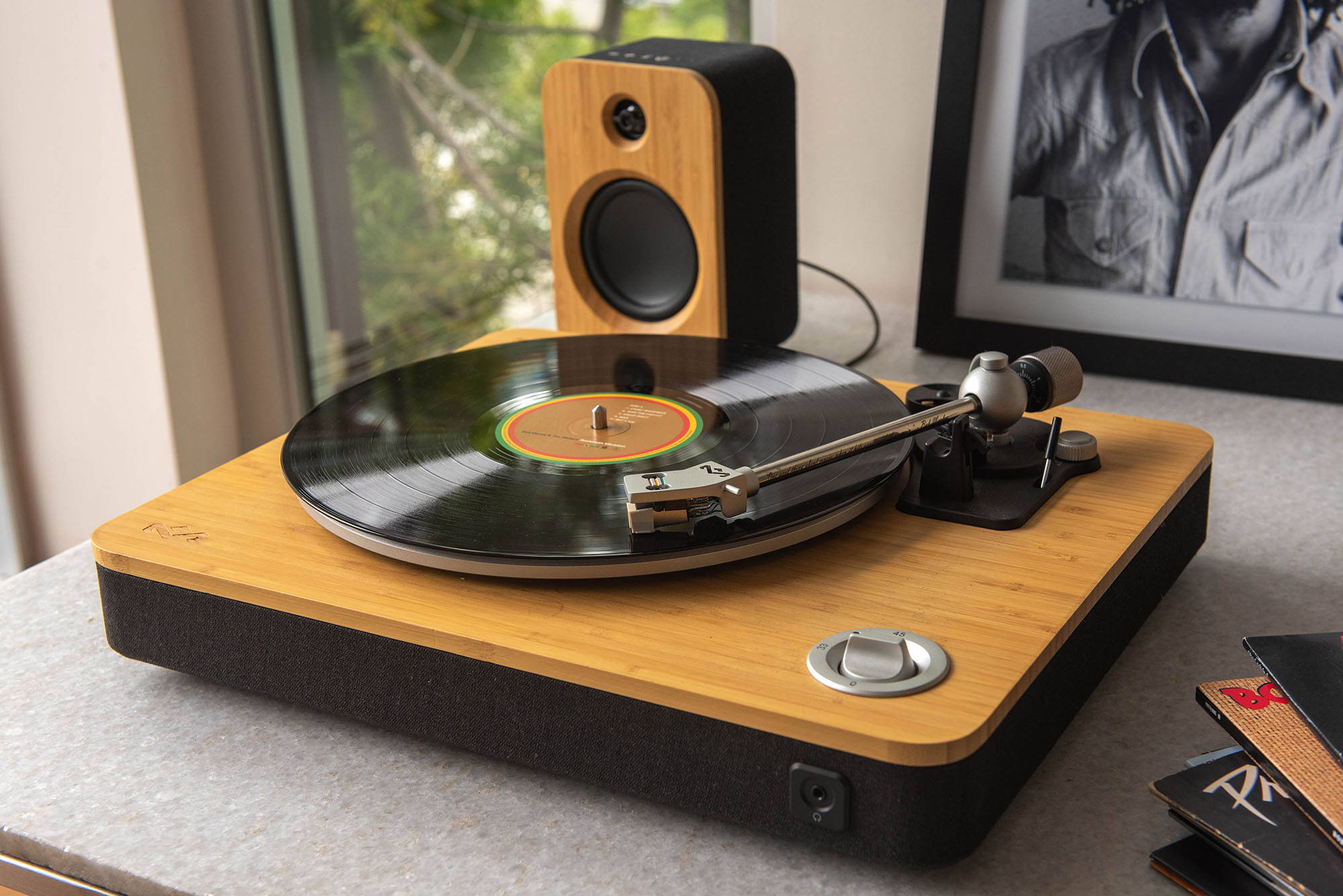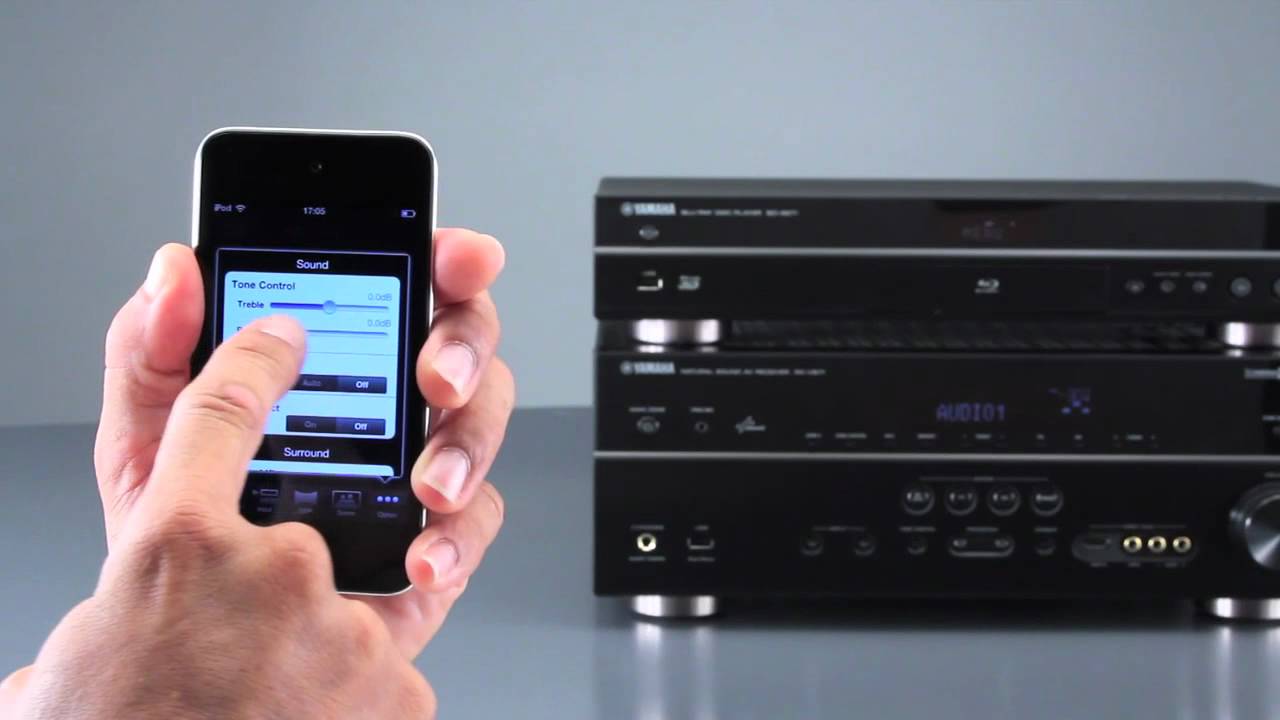Home>Production & Technology>Stereo>How To Connect Dual Stereo Bluetooth
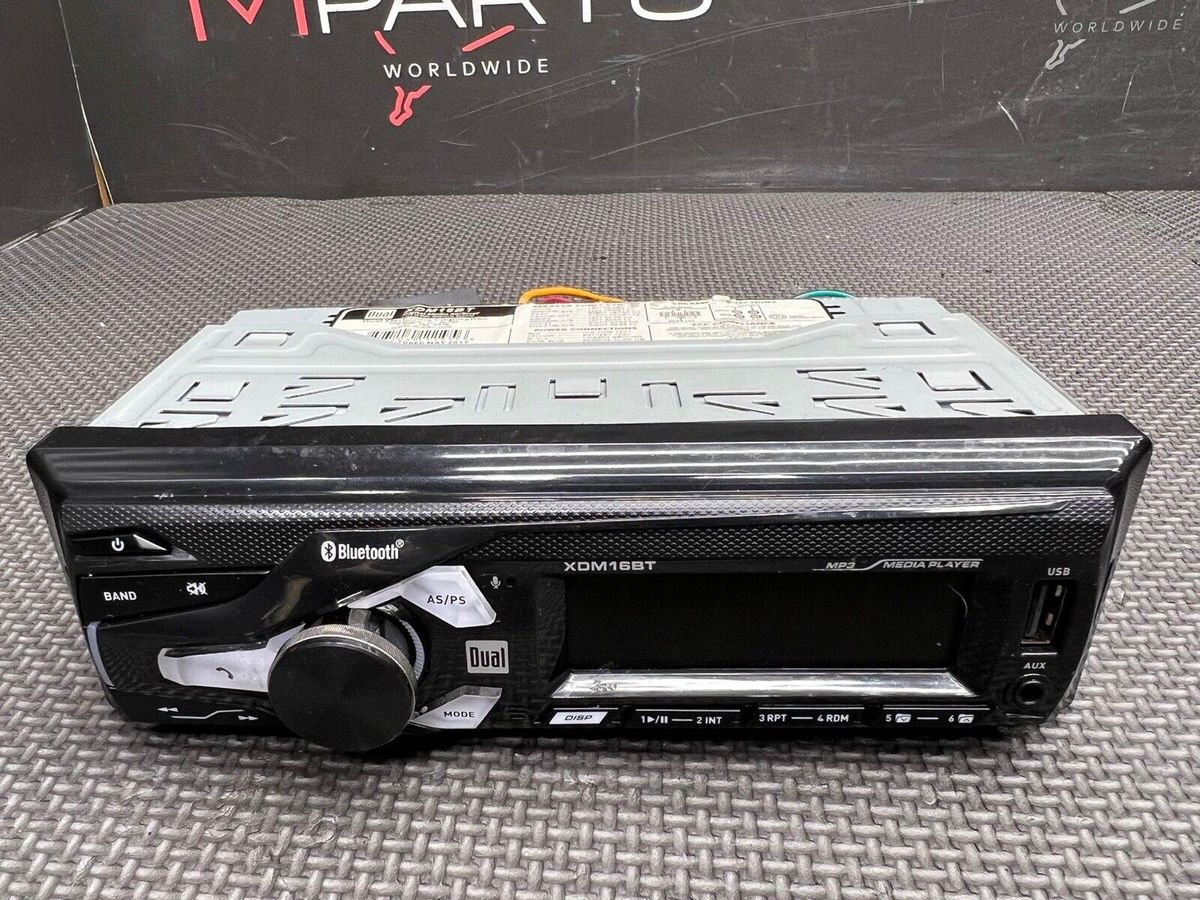

Stereo
How To Connect Dual Stereo Bluetooth
Modified: January 22, 2024
Learn how to connect dual stereo devices using Bluetooth and enjoy high-quality audio wirelessly. Enhance your listening experience with our step-by-step guide!
(Many of the links in this article redirect to a specific reviewed product. Your purchase of these products through affiliate links helps to generate commission for AudioLover.com, at no extra cost. Learn more)
Table of Contents
Introduction
Welcome to the world of dual stereo Bluetooth! If you’re passionate about music and enjoy immersive audio experiences, then connecting two Bluetooth devices in dual stereo mode can take your listening to a whole new level. Whether you want to create a surround sound effect, enjoy music with a friend, or enhance the audio quality of your favorite movies or games, dual stereo Bluetooth can provide an incredible audio experience.
In this article, we will guide you through the process of connecting two Bluetooth devices in dual stereo mode. You will learn how to pair the devices, activate dual stereo mode, and adjust the settings to optimize your audio experience. But before we dive into the steps, let’s first understand what dual stereo Bluetooth is and what it can offer.
Dual stereo Bluetooth refers to the capability of connecting two Bluetooth devices, such as speakers or headphones, to a single audio source. Instead of listening to the audio through a single device, dual stereo mode allows the audio to be transmitted wirelessly to both devices simultaneously, creating a stereo effect. This means that you can enjoy a more immersive and balanced soundstage, with audio coming from different directions as if you were in a theater or concert venue.
Whether you want to enjoy your favorite tunes with a friend, experience powerful surround sound while watching movies, or enhance your gaming experience with realistic audio, dual stereo Bluetooth is a fantastic option. It allows you to create a multi-dimensional audio experience without the need for complex wiring or additional equipment.
Now that you have an understanding of dual stereo Bluetooth, let’s proceed to the next step: checking compatibility.
Understanding Dual Stereo Bluetooth
Before diving into the process of connecting dual stereo Bluetooth devices, it’s important to have a clear understanding of how it works and its benefits. Dual stereo Bluetooth technology allows you to connect two Bluetooth devices, such as speakers or headphones, to a single audio source and transmit audio to both devices simultaneously.
The primary advantage of dual stereo Bluetooth is the ability to create a more immersive and dynamic audio experience. By connecting two devices, you can enjoy a wider soundstage and create a sense of depth in the audio. This is particularly beneficial when listening to music, as it allows you to experience the full range of frequencies and instruments, with each device producing different parts of the audio spectrum.
In addition to music, dual stereo Bluetooth is also highly valuable for enhancing movie and gaming experiences. When watching a movie, the dual stereo effect can replicate a surround sound system, making you feel like you are in the middle of the action. Similarly, when gaming, dual stereo Bluetooth can provide a more immersive and realistic experience, where you can hear the sound effects and directional cues from different angles.
Another advantage of dual stereo Bluetooth is the convenience it offers. By connecting two devices wirelessly, you eliminate the need for complex wiring setups or additional equipment. This makes it easy to set up and enjoy your audio experience without any hassle.
It’s important to note that not all Bluetooth devices support dual stereo functionality. Ensure that the devices you want to connect are compatible with dual stereo Bluetooth. Most modern and high-quality Bluetooth speakers and headphones offer this feature, but it’s always a good idea to check the specifications or user manual of your devices to confirm.
Now that you have a clear understanding of dual stereo Bluetooth and its benefits, let’s move on to the steps involved in connecting two Bluetooth devices in dual stereo mode.
Step 1: Check Compatibility
Before you can connect two Bluetooth devices in dual stereo mode, it’s crucial to ensure that both devices are compatible with this feature. Not all Bluetooth devices support dual stereo functionality, so it’s essential to check the specifications or user manual of your devices to confirm compatibility.
To check compatibility, start by identifying the Bluetooth version of your devices. Dual stereo Bluetooth functionality is typically available in devices that support Bluetooth version 4.0 or higher. Older versions of Bluetooth may not have this capability. You can usually find the Bluetooth version in the device’s settings or specifications.
In addition to checking the Bluetooth version, verify if your devices explicitly mention support for dual stereo or multi-point connection. Some devices have specific labels or indications, such as “dual mode,” “TWS (True Wireless Stereo),” or “stereo pairing.” These labels signify that the devices can be connected in dual stereo mode.
If you’re unsure about the compatibility of your devices, you can also check the manufacturer’s website or contact their customer support for more information. They will be able to provide specific details and confirm whether your devices are compatible with dual stereo Bluetooth.
Remember, even if your devices are compatible with dual stereo Bluetooth, it’s crucial to keep them within the specified range for a stable connection. Most Bluetooth devices have a range of around 30 feet (10 meters). Maintaining a clear line of sight and ensuring minimal interference from obstacles, such as walls or other electronic devices, can also help improve the connection quality.
Once you have confirmed the compatibility of your devices, you can proceed to the next step: pairing the first device.
Step 2: Pairing the First Device
Once you have confirmed the compatibility of your devices, it’s time to pair the first device with your audio source. The first device will act as the primary audio source and will transmit the audio to the second device in dual stereo mode.
To pair the first device, follow these steps:
- Turn on the Bluetooth function of the first device. This can usually be done by going to the device’s settings and toggling the Bluetooth option.
- Ensure that the first device is in pairing mode. This will allow it to be discoverable by other Bluetooth devices. Most devices have a dedicated pairing button or a specific sequence of button presses to enter pairing mode. Consult the device’s user manual if you’re unsure how to activate pairing mode.
- On your audio source, such as a smartphone or tablet, navigate to the Bluetooth settings. Scan for available devices and select the name of the first device from the list.
- Follow any on-screen prompts to complete the pairing process. This may involve entering a passcode or confirming a pairing request.
- Once the pairing is successful, you will see a notification or indication on both the first device and your audio source that they are connected via Bluetooth.
It’s important to note that the exact steps to pair the first device may vary depending on the device’s manufacturer and model. Always refer to the device’s user manual for specific instructions.
After successfully pairing the first device, you are now ready to pair the second device and activate dual stereo mode. This will be covered in the next step.
Step 3: Pairing the Second Device
After successfully pairing the first device with your audio source, it’s time to pair the second device. The second device will be connected to the first device in dual stereo mode, allowing for a synchronized audio experience.
To pair the second device, follow these steps:
- Ensure that the second device is turned on and in pairing mode. Similar to the first device, consult the device’s user manual to determine how to activate pairing mode.
- On your audio source, navigate to the Bluetooth settings and scan for available devices.
- Look for the name of the second device in the list of available devices and select it to initiate the pairing process.
- Follow any on-screen prompts to complete the pairing. This may involve entering a passcode or confirming a pairing request.
- Once the pairing is successful, both the first and second devices will display a notification or indication that they are connected via Bluetooth.
Remember, the steps to pair the second device may vary depending on the device’s manufacturer and model. Always refer to the device’s user manual for specific instructions.
It’s important to note that some devices have a dedicated dual stereo or stereo pairing mode. In such cases, you may need to follow additional steps to activate this mode. Consult the user manual of your devices to determine if they have any specific requirements or settings for dual stereo operation.
Now that both the first and second devices are paired with your audio source, it’s time to proceed to the next step: activating dual stereo mode.
Step 4: Activating Dual Stereo Mode
With both devices successfully paired, it’s time to activate dual stereo mode and start enjoying the enhanced audio experience. The steps to activate dual stereo mode may vary depending on your devices, so it’s important to refer to their respective user manuals for specific instructions. However, here are some general steps that can guide you through the process:
- Ensure that both devices are powered on and connected to your audio source via Bluetooth.
- Access the Bluetooth settings on your audio source and select the first device that you paired.
- Look for an option or setting related to dual stereo or stereo pairing mode. This may be labeled as “Dual Mode,” “Stereo Pairing,” or something similar.
- Activate the dual stereo mode by enabling the designated setting or option.
- Once the dual stereo mode is activated, your audio source will transmit the audio to both devices simultaneously, creating a stereo effect.
It’s important to note that some devices may automatically activate dual stereo mode once the devices are properly paired. In such cases, you may not need to manually enable this mode. Again, consult the user manuals of your devices for detailed instructions.
After activating dual stereo mode, you can now enjoy your audio with an enhanced stereo experience. Be sure to adjust the volume and other settings on your devices to achieve the desired sound balance and clarity.
In the next step, we will explore how to adjust the settings for optimal dual stereo performance.
Step 5: Adjusting Settings
Once you have activated dual stereo mode, it’s time to fine-tune the settings for optimum audio performance. Here are some settings you can adjust to enhance your dual stereo experience:
- Volume Balance: Adjust the volume balance between the two devices to ensure a balanced audio experience. Most devices allow you to independently control the volume level of each device. Experiment with different volume settings to find the desired balance.
- Equalizer Settings: Many audio sources and Bluetooth devices offer built-in equalizer settings. These settings allow you to adjust the audio frequencies to suit your preferences. You can boost specific frequencies to emphasize certain aspects of the music or flatten the EQ curve for a more neutral sound. Play around with the equalizer settings to find the sound signature that best enhances your audio experience.
- Sound Modes: Some Bluetooth devices come with different sound modes, such as “Bass Boost” or “Enhanced Treble.” These modes can alter the audio output to emphasize certain aspects of the sound spectrum. Experiment with different sound modes to find the one that enhances your preferred genres or audio content.
- Distance and Placement: The placement of your Bluetooth devices can impact the audio quality and range. Experiment with different distances and orientations to find the optimal position for your devices. Remember to maintain a clear line of sight between the devices and reduce any potential obstructions that may interfere with the Bluetooth signal.
- Environment and Ambient Noise: Consider the environment in which you will be using the dual stereo setup. If you are in a noisy environment, you may need to increase the volume to compensate for ambient noise. Similarly, if you are in a quiet room, you may want to lower the volume for a more comfortable listening experience.
Remember, the settings and options available may vary depending on your specific devices. Refer to their respective user manuals for detailed instructions on adjusting settings specific to your devices.
Now that you have adjusted the settings, you are ready to immerse yourself in the incredible audio experience provided by the dual stereo setup. Enjoy the enhanced sound quality, surround effects, and balanced audio as you listen to your favorite music or indulge in movies and games.
In the next section, we will address some common issues and troubleshooting tips to help you overcome any challenges you may encounter.
Troubleshooting Common Issues
While connecting and using dual stereo Bluetooth devices can be a seamless experience, you may encounter some common issues along the way. Here are a few troubleshooting tips to help you overcome these challenges:
- Poor Audio Quality or Connectivity: If you experience issues with the audio quality or the stability of the Bluetooth connection, ensure that both devices are within the specified range. Additionally, minimizing obstacles or interference from other electronic devices can improve the connection quality. If the issue persists, try resetting the devices and pairing them again.
- Unbalanced Volume Levels: If you find that the volume levels between the two devices are uneven, adjust the volume balance settings on your audio source. This will allow you to fine-tune the volume output of each device and achieve a balanced audio experience.
- Compatibility Issues: If you are unable to connect or pair the devices, double-check the compatibility requirements and ensure that both devices support dual stereo Bluetooth. It may also be helpful to update the firmware or software of your devices to the latest versions, as this can resolve compatibility issues in some cases.
- Interference or Disturbance: If you experience interruptions or distortion in the audio playback, it could be due to interference from other wireless devices or environmental factors. To mitigate this, try changing the placement or orientation of the devices and minimize the presence of strong electromagnetic sources nearby.
- Insufficient Battery Life: Bluetooth devices rely on battery power, and dual stereo usage can drain the batteries more quickly. Ensure that both devices are sufficiently charged before use. If you find that the battery life is insufficient, consider using external power sources or investing in devices with longer battery capacity.
If you encounter any other issues not covered here, consult the user manuals of your specific devices or reach out to the manufacturer’s customer support for further assistance. They will be able to provide you with tailored guidance based on your devices’ specifications.
By troubleshooting these common issues, you can optimize your dual stereo Bluetooth experience and enjoy uninterrupted and immersive audio quality.
Now that you are equipped with troubleshooting knowledge, let’s conclude the article by summarizing the key points.
Conclusion
Connecting dual stereo Bluetooth devices allows you to elevate your audio experience by creating a wider soundstage and immersing yourself in high-quality, synchronized stereo sound. By following the steps outlined in this article, you can easily pair and activate dual stereo mode on your devices, whether it’s speakers or headphones.
Start by checking the compatibility of your devices to ensure they support dual stereo Bluetooth. Pair the first device with your audio source, then proceed to pair the second device. Activate dual stereo mode by adjusting the settings on your audio source, and don’t forget to fine-tune the volume balance and adjust other settings for an optimal listening experience.
If you encounter any issues during the process, refer to the troubleshooting tips to address common problems such as connectivity, audio quality, and compatibility. Remember to consult the user manuals or contact customer support for your specific devices if you need additional assistance.
By embracing dual stereo Bluetooth technology, you can enhance your enjoyment of music, movies, and games, immersing yourself in a captivating audio experience. So go ahead, connect your devices, and dive into a world of immersive stereo sound!
If you have any more questions or need further guidance, feel free to refer back to this article or explore additional resources related to your specific devices. Happy listening!

